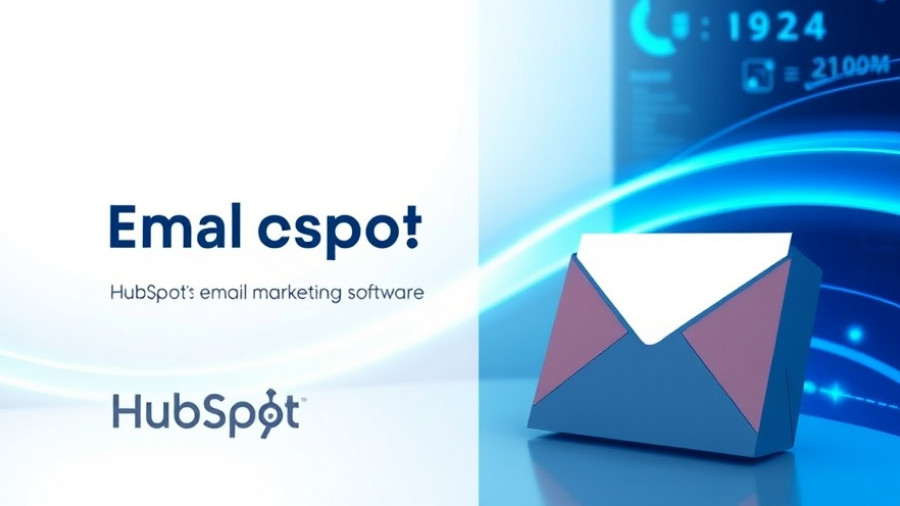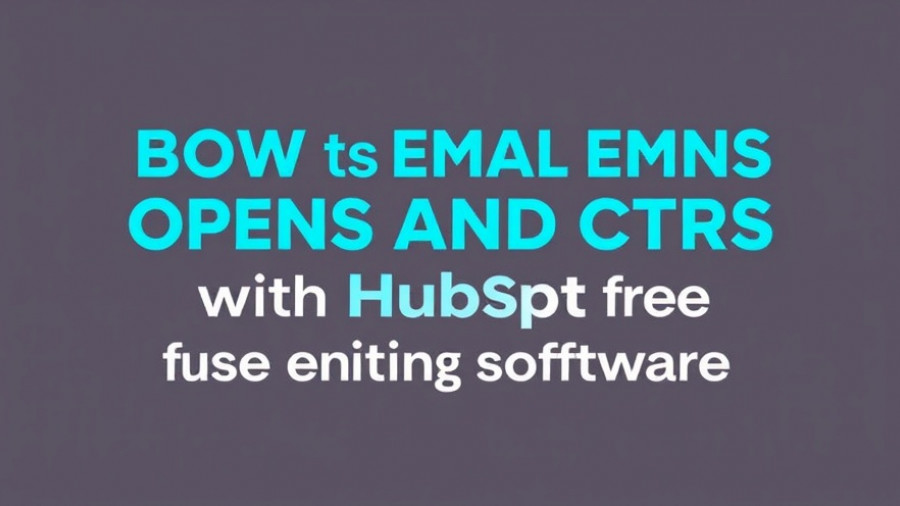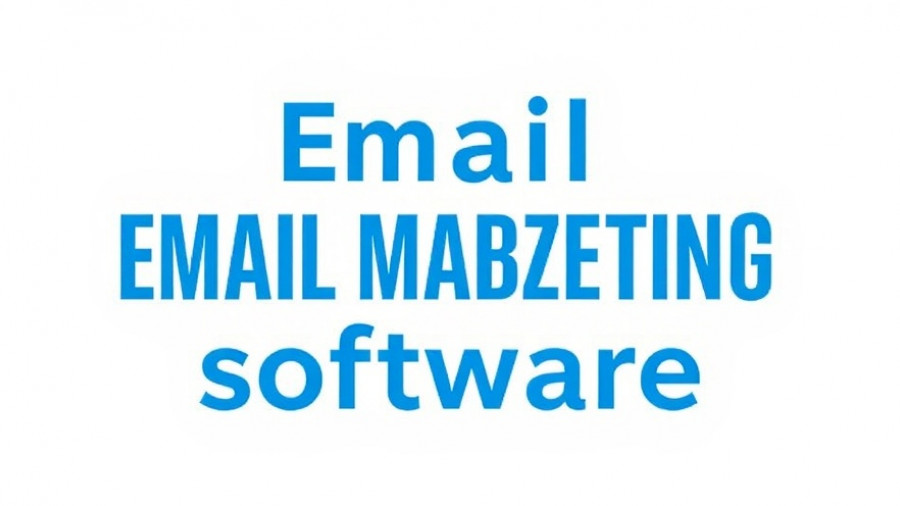
Understanding the Importance of CRM in the Hospitality Industry
For hotels, a high-performing Customer Relationship Management (CRM) system is essential. It helps streamline operations, improves customer satisfaction, and drives revenue. As the hospitality industry continues to evolve, the need for effective CRM software will only grow stronger. In the year 2025, choosing the right CRM can differentiate small and medium enterprises (SMEs) from competitors, offering them a chance to personalize the guest experience while managing bookings, customer data, and marketing campaigns efficiently.
Top 5 CRM Solutions for Hotels in 2025
After extensive research and analysis of the most promising CRM offerings, we've identified five top contenders that stand out for their features tailored specifically for the hotel industry.
- Hotelogix: This cloud-based CRM seamlessly integrates hotel management tasks, making it an all-in-one solution for SMEs. Users have praised its intuitive interface which facilitates easier navigation through reservations, front desk operations, and customer management.
- Maestro PMS: Known for its comprehensive analytics, Maestro PMS helps hotels understand guest behavior and preferences, enabling more effective marketing strategies. Its ability to create detailed reports has made it a favorite among small hotels aiming for growth.
- Revinate: Revinate stands out for its focus on guest feedback and reviews. Small hotels can leverage this powerful insight to improve their services and engage potential guests through personalized marketing messages.
- Guestline: This CRM specializes in direct bookings and upselling opportunities, which are critical for hotel profitability. Its tools for managing online travel agency (OTA) rates help small hotels stay competitive.
- Cloudbeds: With a robust interface that manages not just CRM but also property management, Cloudbeds offers SMEs a powerful tool to attract and retain guests effectively. Its booking engine is particularly noted for its user-friendly approach, essential in a busy hospitality environment.
Why CRM is Vital for Hotel Management
Implementing effective CRM software allows hotel owners to track interactions with guests, identify trends, and personalize the experience. This level of service is crucial as guests increasingly expect tailored experiences that reflect their preferences and prior interactions.
The Future of Hospitality: Trends in CRM
As we move into 2025, the integration of Artificial Intelligence (AI) in CRM systems for hotels will play a significant role. AI can provide predictive analytics that aid in decision-making, automate customer service inquiries, and customize marketing campaigns based on guest data. This innovation will ultimately enhance operational efficiency while providing a more satisfying guest experience.
Common Misconceptions About CRM Systems
A common misconception is that CRM software is only suitable for larger hotels with expansive budgets. In reality, many CRM solutions, such as the ones mentioned above, are designed to cater to SMEs specifically. They provide affordable solutions that deliver significant returns on investment.
Actionable Insights for Hotel Owners
When selecting a CRM, hotel owners should prioritize features like usability, integration capabilities, customer support, and scalability. Test the software with free trials, attend demonstrations, and read reviews from other hotel owners to gain a comprehensive understanding of what each software can offer.
Conclusion: Taking the Next Steps
As the hospitality landscape continues to evolve with technology, investing in the right CRM system will not only empower small and medium hotels to meet modern guest expectations but also drive long-term profitability. Don't hesitate to invest in a solution that aligns with your unique business goals and prepares you for future advancements in the hospitality sector.
 Add Row
Add Row  Add
Add 




Write A Comment